Apple today updated its iWork apps designed for iOS devices, introducing new iOS 14 features and support for Pages, Numbers, and Keynote.

All three of the apps now support the Scribble feature that was introduced in iPadOS 14, allowing Apple Pencil owners to handwrite anywhere in any text field within the iWork apps, with the written text then converted right into typed text.
The new feature will let Apple Pencil users write out Pages documents, Numbers spreadsheets, and Keynote presentations without having to swap over to the keyboard to fill in data.
Apple has also added new editable shapes in each of the apps along with support for the redesigned iOS and iPadOS 14 image picker. Full release notes for each app are below:
Pages
- Use Scribble to write by hand with Apple Pencil, and your words will automatically convert to text. Requires iPadOS 14.
- Select from new report templates to help you get started.
- Enhance your documents with a variety of new, editable shapes.
- Easily find pictures and videos using new zoom and search capabilities in the redesigned image picker. Requires iOS 14 or iPadOS 14.
Keynote
- Use Scribble to write by hand with Apple Pencil, and your words will automatically convert to text. Requires iPadOS 14.
- Use the new Outline View to focus on the structure and flow of your content without other distractions.
- Play YouTube and Vimeo videos right in your presentations.
- Movie export now supports a wide selection of formats and frame rates.
- Hold the option key while dragging an object to duplicate it.
- Easily find pictures and videos using new zoom and search capabilities in the redesigned image picker. Requires iOS 14 or iPadOS 14.
- Enhance your presentations with a variety of new, editable shapes.
Numbers
- Use Scribble to write by hand with Apple Pencil, and your words will automatically convert to text. Requires iPadOS 14.
- Forms are now easier to create and customize. Add a form to any table or use the new Basic Form template.
- Improved performance when working with large tables.
- Easily find pictures and videos using new zoom and search capabilities in the redesigned image picker. Requires iOS 14 or iPadOS 14.
- Enhance your spreadsheets with a variety of new, editable shapes.
Apple has also updated the Mac versions of Pages, Keynote, and Numbers with new report templates and editable shapes.
All of the new updates are available from the iOS App Store and macOS App Store as of this morning.
- Pages for iOS [Direct Link]
- Keynote for iOS [Direct Link]
- Numbers for iOS [Direct Link]
- Pages for macOS [Direct Link]
- Keynote for macOS [Direct Link]
- Numbers for macOS [Direct Link]
Apple's iWork apps for Mac and iOS are free downloads for all users.


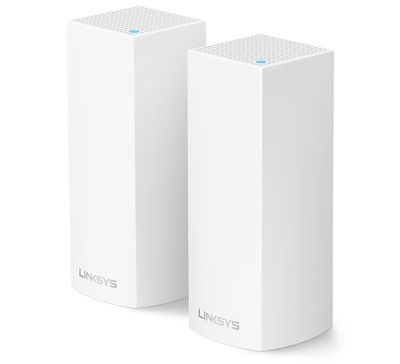
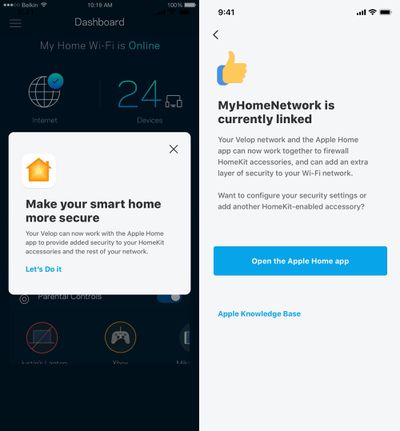
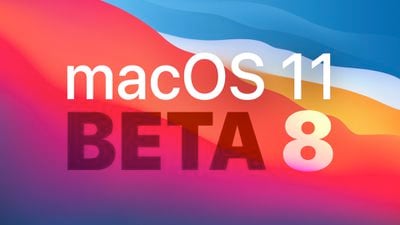
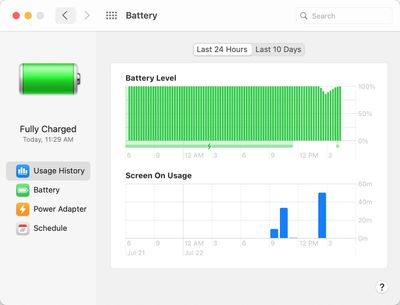

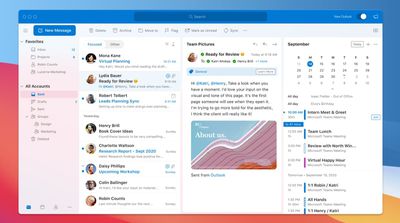
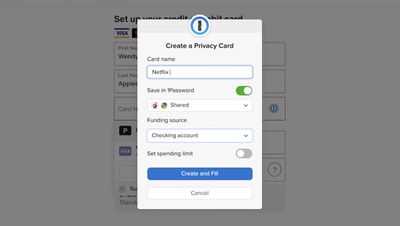
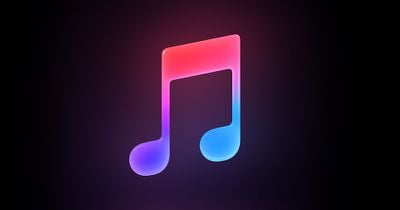
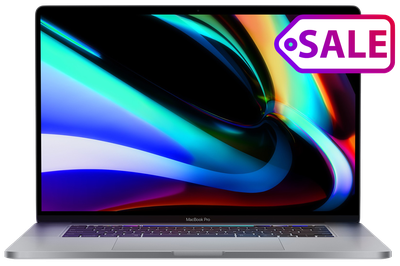 Note: MacRumors is an affiliate partner with Woot. When you click a link and make a purchase, we may receive a small payment, which helps us keep the site running.
Note: MacRumors is an affiliate partner with Woot. When you click a link and make a purchase, we may receive a small payment, which helps us keep the site running.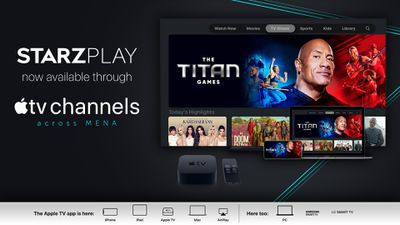
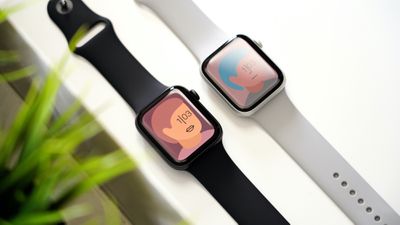 Note: MacRumors is an affiliate partner with Amazon. When you click a link and make a purchase, we may receive a small payment, which helps us keep the site running.
Note: MacRumors is an affiliate partner with Amazon. When you click a link and make a purchase, we may receive a small payment, which helps us keep the site running.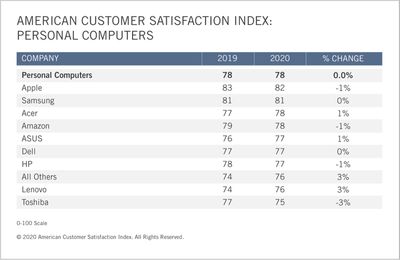
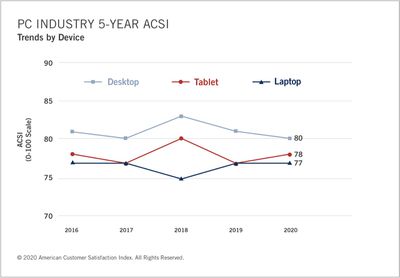
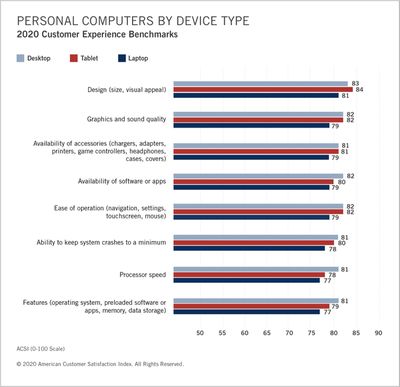

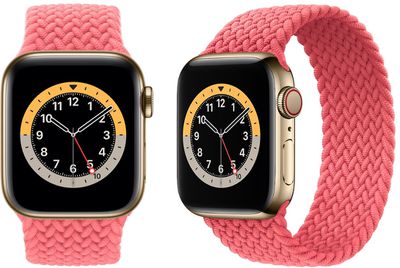
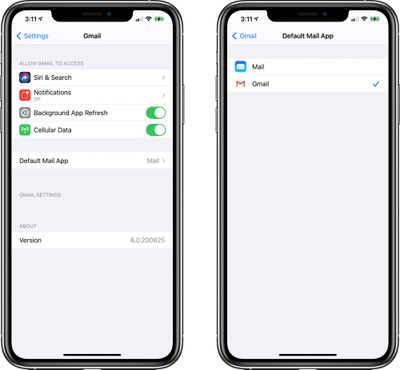

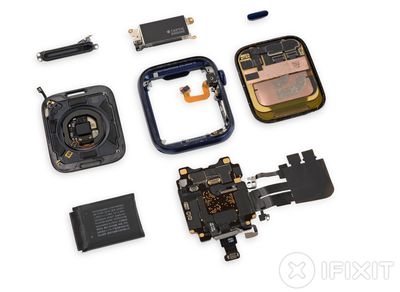
 Note: MacRumors is an affiliate partner with Amazon. When you click a link and make a purchase, we may receive a small payment, which helps us keep the site running.
Note: MacRumors is an affiliate partner with Amazon. When you click a link and make a purchase, we may receive a small payment, which helps us keep the site running.











